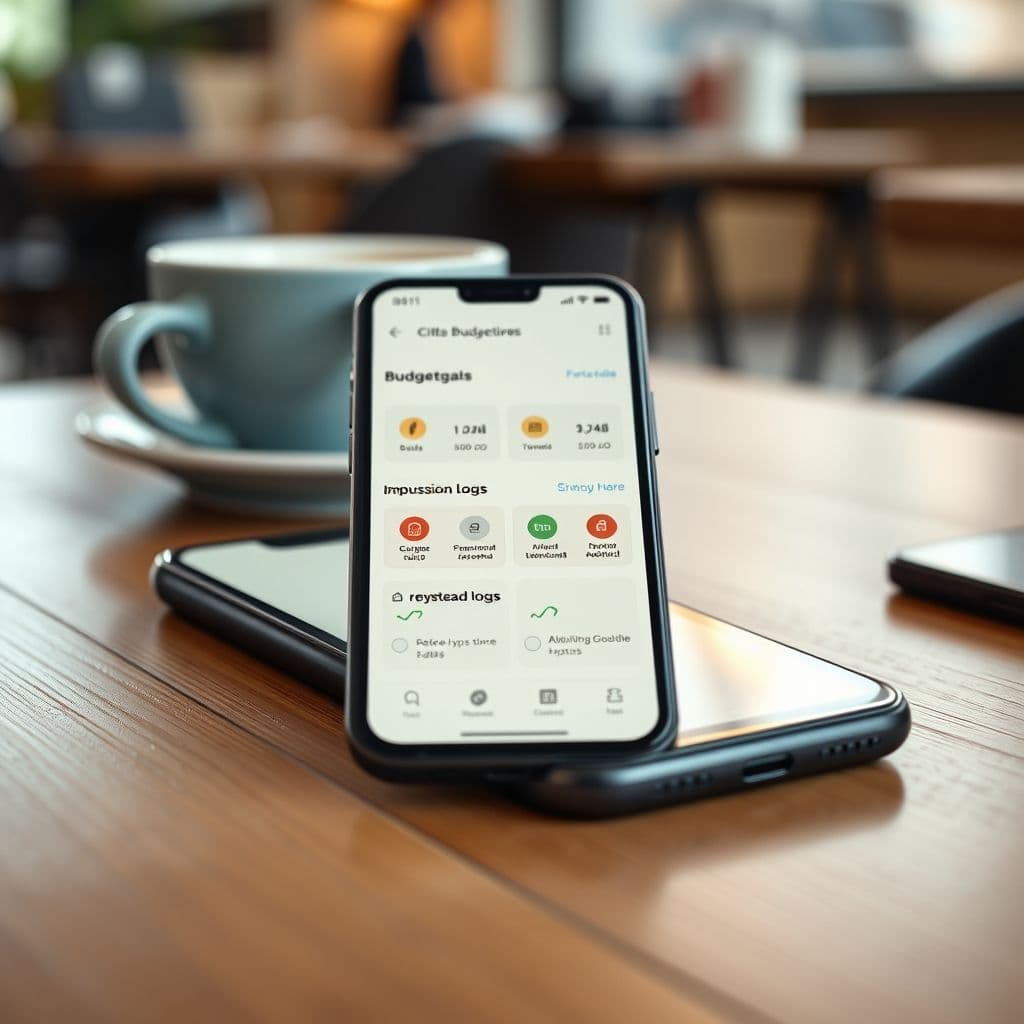ADHD and Impulsive Spending: How a Tailored SaaS Solution Could Help

For individuals with ADHD, impulsive spending can be a significant challenge. The dopamine rush from buying something new often overrides rational financial planning, leading to debt and stress. This article explores the problem in depth and proposes a hypothetical SaaS solution designed specifically to help manage impulsive spending for those with ADHD.
The Problem: Impulsive Spending and ADHD
ADHD often leads to impulsive behaviors, including spending. The immediate gratification from a purchase provides a dopamine boost, making it hard to resist. Many individuals with ADHD find themselves in cycles of debt, struggling to balance their desires with financial reality. Comments from the TikTok video highlight this struggle, with users expressing frustration over their inability to control spending despite working multiple jobs or just paying off debt.

Idea of SaaS: A Tailored Financial Management App
A hypothetical SaaS solution could be designed specifically for individuals with ADHD, focusing on impulse control and financial planning. This app would include features like real-time spending alerts, customizable spending limits, and visual progress trackers for savings goals. By integrating gamification, such as rewards for meeting financial targets, the app could provide the dopamine hits that ADHD brains crave, but in a way that promotes healthy financial habits.
Key features might include impulse tracking, where users log urges to spend and reflect on them later, and a delay mechanism that requires a waiting period before completing non-essential purchases. The app could also offer personalized financial coaching tips tailored to ADHD challenges, such as breaking down large financial goals into smaller, manageable steps.

Potential Use Cases
This app could benefit a wide range of users. For example, a college student with ADHD could use it to avoid overspending on non-essentials while saving for tuition. A working professional might rely on the app to manage credit card debt and build an emergency fund. Couples could also use it to align their financial goals and reduce conflicts over spending habits.
Conclusion
Managing impulsive spending is a significant challenge for individuals with ADHD, but a tailored SaaS solution could provide the tools needed to build healthier financial habits. By addressing the unique needs of ADHD brains, such an app could help users achieve financial stability while still enjoying the dopamine rewards they crave. Would you find an app like this helpful? Share your thoughts in the comments.
Frequently Asked Questions
- How effective could an ADHD-focused financial app be?
- While no app can completely eliminate impulsive behaviors, one tailored for ADHD could significantly improve financial management by providing structure, immediate feedback, and rewards that align with how ADHD brains work.
- What makes this different from existing budgeting apps?
- Most budgeting apps aren't designed with ADHD in mind. This hypothetical app would focus on impulse control, use gamification to provide dopamine rewards, and include features like spending delay mechanisms to help users pause before making impulsive purchases.
- Could this app help couples manage shared finances?
- Yes, the app could include features for shared financial goals and transparency, helping couples align their spending habits and reduce conflicts over money.


